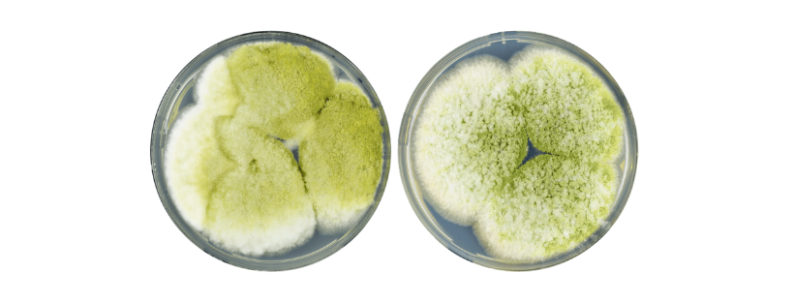A new study in Nature Communications further investigates a genus of fungi whose vast biochemical diversity makes it important for bioenergy applications.
The study, led by researchers at the Joint BioEnergy Institute, the the U.S. Department of Energy (DOE) Joint Genome Institute (JGI), a DOE Office of Science User Facility located at Lawrence Berkeley National Laboratory (Berkeley Lab), and the Technical University of Denmark, presents the first analysis of a section of Aspergillus fungi known as Flavi. The results are part of a long-term project to sequence the genomes of more than 300 Aspergillus fungi.
“The genus Aspergillus is extremely diverse and the research outlined in this paper allowed us to deeply explore one group of Aspergilli in depth,” said Scott Baker, Biological Sciences Lead at the Environmental Molecular Sciences Laboratory, a national user facility at Pacific Northwest National Laboratory, and a scientist in JBEI’s Deconstruction division. “We were able to gain insight into the biochemical diversity of this section as well as understand the catalog of enzymes that these species use to digest plant biomass.”
The section contains several important species that can do both harm and good. For example, some species can infect and damage crops, while other species can produce secondary metabolites that can serve as biofuel and bioproduct intermediates. Many of the species also contain a large number of carbohydrate active enzymes, which digest plant biomass and are of interest to researchers working on converting bioenergy crops into sustainable biofuels.
“The genomes of these organisms encode a huge breadth of enzymatic diversity, from the ability to make novel secondary metabolites to being able to deconstruct plant biomass,” Baker said. “Sequencing their genomes is the first step to expanding the number of fungal genes that could be useful contributions to synthetic biology.”
Photos courtesy of Mikael Rørdam Andersen, Technical University of Denmark.
